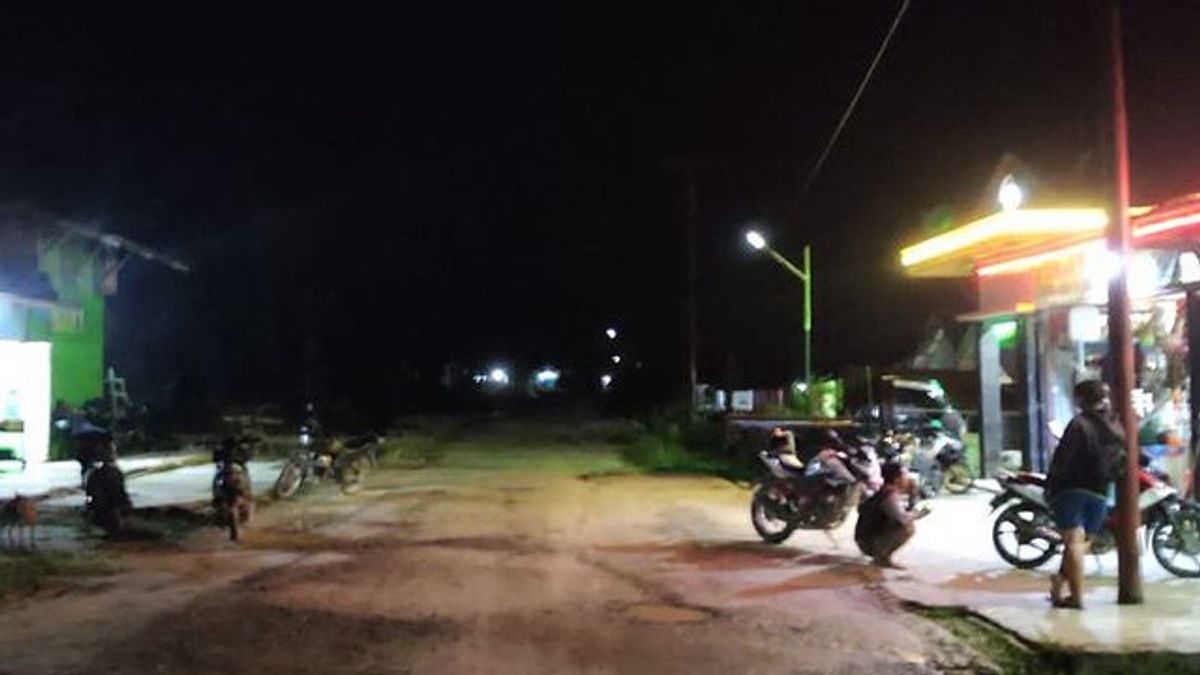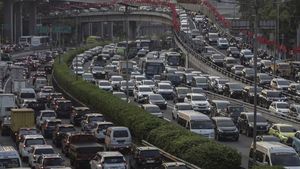The Geological Agency of the Ministry of Energy and Mineral Resources revealed a geological analysis of the earthquake that rocked four areas in Bengkulu, namely Enggano Island, Bengkulu City, North Bengkulu Regency, and South Bengkulu Regency.
"The geometry of the area is a coastal plateau that is limited to the east by bumpy to steep hills. The area is generally composed by tertiary-aged rocks in the form of sediment and volcanic waves, as well as quaternary deposits in the form of alumvial deposits of beaches, rivers and swamps," said the official statement from the Geological Agency quoted in Jakarta, Saturday, November 19.
Previous reports stated that the earthquake was Friday (18/11), at 20.37 WIB. The location of the epicenter was located in the Indian Ocean at coordinates 100.65 East Longitude and 4.88 South Latitude, about 215.8 kilometers southwest of Bengkulu City with a magnitude of 6.8 at a depth of 10 kilometers.
Based on the location of the epicenter of the earthquake, depth, and data on the source mechanisms of the BMKG, GFZ Germany, and USGS United States, the earthquake was caused by the activity of the planting zone in the megathrust with the fault mechanism rising northwest-southeast with a sloping angle and position of N 347 E, dip 6, and Rake 125.
The Geological Agency explained that some of the tertiary-aged rocks had weathered. The endaps of the tertiary-aged quartet and rock that has experienced weathering is soft, loose, uncompact or unconsolidated and strengthens the effects of shocks, so that it is prone to earthquakes.
In addition, in the morphology of steep hills and the rock has experienced weathering, there is the potential for soil movement to be triggered by strong earthquake shocks and high rainfall.
Data from the Geological Agency noted that the distribution of residential areas affected by earthquake shocks was located in an earthquake-prone area (KRB), medium to high earthquakes.
The earthquake did not cause a tsunami even though its central location was located at sea, but did not result in underwater deformation that could trigger a tsunami.
According to data from the Geological Agency, beaches in Bengkulu Province are classified as prone to tsunami disasters with a high potential tsunami on the coastline of more than three meters.
The Geological Agency recommends that buildings on Enggano Island, Bengkulu City, North Bengkulu Regency, and South Bengkulu Regency must be built using earthquake-resistant building construction to avoid the risk of damage. In addition, it must be equipped with evacuation routes and places.
In addition, local governments must also increase tsunami mitigation efforts through structural mitigation and non-structural mitigation considering that coastal areas in Bengkulu Province are classified as tsunami-prone.
The English, Chinese, Japanese, Arabic, and French versions are automatically generated by the AI. So there may still be inaccuracies in translating, please always see Indonesian as our main language. (system supported by DigitalSiber.id)








